Filter by

Water for Energy and Fuel Production
This text describes water's use in the production of raw fuels, as an energy carrier (e.g., hot water and steam), and as a reactant, reaction medium, and catalyst for the conversion of raw fuels to synthetic fuels. It explains how supercritical water is used to convert fossil- and bio-based feedstock to synthetic fuels in the presence and absence of a catalyst. It also explores water as a direc…
- Edition
- -
- ISBN/ISSN
- 9781482216196
- Collation
- -
- Series Title
- -
- Call Number
- -
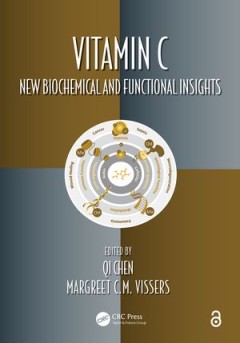
Vitamin C: New Biochemical and Functional Insights
Vitamin C holds a unique place in scientific and cultural history. In this book, a group of leading scientific researchers describe new insights into the myriad ways vitamin C is employed during normal physiological functioning. In addition, the text provides an extensive overview of the following: the rationale for utilizing vitamin C in the clinic, updates on recent uses of vitamin C in cance…
- Edition
- -
- ISBN/ISSN
- 9780429807817
- Collation
- -
- Series Title
- -
- Call Number
- -

Musical Worlds in Yogyakarta
Musical worlds in Yogyakarta is an ethnographic account of a vibrant Indonesian city during the turbulent early post-Soeharto years. The book examines musical performance in public contexts ranging from the street and neighbourhood through to commercial venues and state environments such as Yogyakarta’s regional parliament, its military institutions, universities and the Sultan’s palace. It…
- Edition
- -
- ISBN/ISSN
- 9789067183901
- Collation
- -
- Series Title
- -
- Call Number
- -
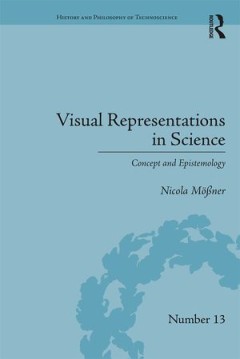
Visual Representations in Science
Visual representations (photographs, diagrams, etc.) play crucial roles in scientific processes. They help, for example, to communicate research results and hypotheses to scientific peers as well as to the lay audience. In genuine research activities they are used as evidence or as surrogates for research objects which are otherwise cognitively inaccessible. Despite their important functional r…
- Edition
- -
- ISBN/ISSN
- 9781351611459
- Collation
- -
- Series Title
- -
- Call Number
- -
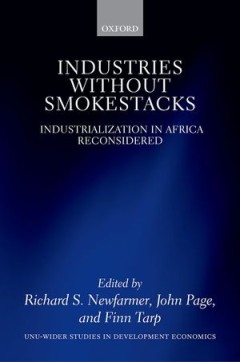
Industries without Smokestacks
Structural transformation in Africa has become a hot topic. One of the earliest stylized facts of development economics is that low-income countries have large differences in output per worker across sectors, and movement of workers from low- to high-productivity sectors—structural transformation is a key driver of economic growth. Between 1950 and 2006, about half of the catch-up by developi…
- Edition
- -
- ISBN/ISSN
- 9780198821885
- Collation
- -
- Series Title
- -
- Call Number
- 650
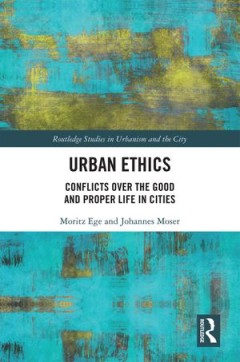
Urban Ethics
This book delves into the ethical dimension of urban life: how should one live in the city? What constitutes a ‘good’ life under urban condition? Whose gets to live a ‘good’ life, and whose ideas of morality, propriety and ‘good’ prevail? What is the connection between the ‘good’ and the ‘just’ in urban life?Rather than philosophizing the ‘good’ and proper life in cities…
- Edition
- -
- ISBN/ISSN
- 9781000175684
- Collation
- -
- Series Title
- -
- Call Number
- -

The Makassar Annals
Beginning in the 1630s, a series of annalists at the main courts of Makassar began keeping records with dated entries that recorded a wide variety of specific historical information about a wide variety of topics, including the births and deaths of notable individuals, the actions of rulers, the spread of Islam, trade and diplomacy, the built environment, ritual activity, warfare, internal poli…
- Edition
- -
- ISBN/ISSN
- 9789067183666
- Collation
- -
- Series Title
- -
- Call Number
- -
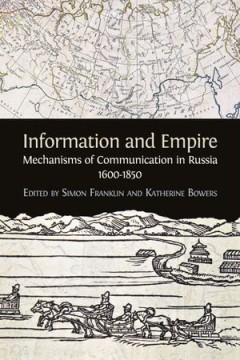
Information and Empire
"From the mid-sixteenth to the mid-nineteenth century Russia was transformed from a moderate-sized, land-locked principality into the largest empire on earth. How did systems of information and communication shape and reflect this extraordinary change? Information and Mechanisms of Communication in Russia, 1600-1850 brings together a range of contributions to shed some light on this complex que…
- Edition
- -
- ISBN/ISSN
- 9781783743759
- Collation
- -
- Series Title
- -
- Call Number
- -
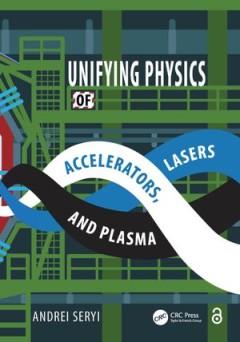
Unifying Physics of Accelerators, Lasers and Plasma
Unifying Physics of Accelerators, Lasers and Plasma introduces the physics of accelerators, lasers and plasma in tandem with the industrial methodology of inventiveness, a technique that teaches that similar problems and solutions appear again and again in seemingly dissimilar disciplines. This unique approach builds bridges and enhances connection
- Edition
- -
- ISBN/ISSN
- 9781482240597
- Collation
- -
- Series Title
- -
- Call Number
- -
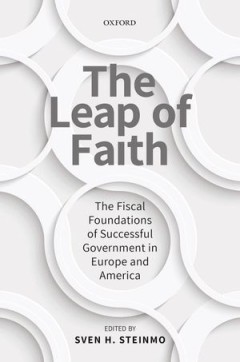
The Leap of Faith
This is the first book to compare the history of tax compliance in several countries (Sweden, Britain, Italy, Romania, and the United States). The book clearly elaborates the policy lessons from the five cases explored for countries who are currently trying to build successful and effective tax policies. Makes the direct connection between historical cases and current policy issues in developed…
- Edition
- -
- ISBN/ISSN
- 9780198796817
- Collation
- -
- Series Title
- -
- Call Number
- 650
 Computer Science, Information & General Works
Computer Science, Information & General Works  Philosophy & Psychology
Philosophy & Psychology  Religion
Religion  Social Sciences
Social Sciences  Language
Language  Pure Science
Pure Science  Applied Sciences
Applied Sciences  Art & Recreation
Art & Recreation  Literature
Literature  History & Geography
History & Geography